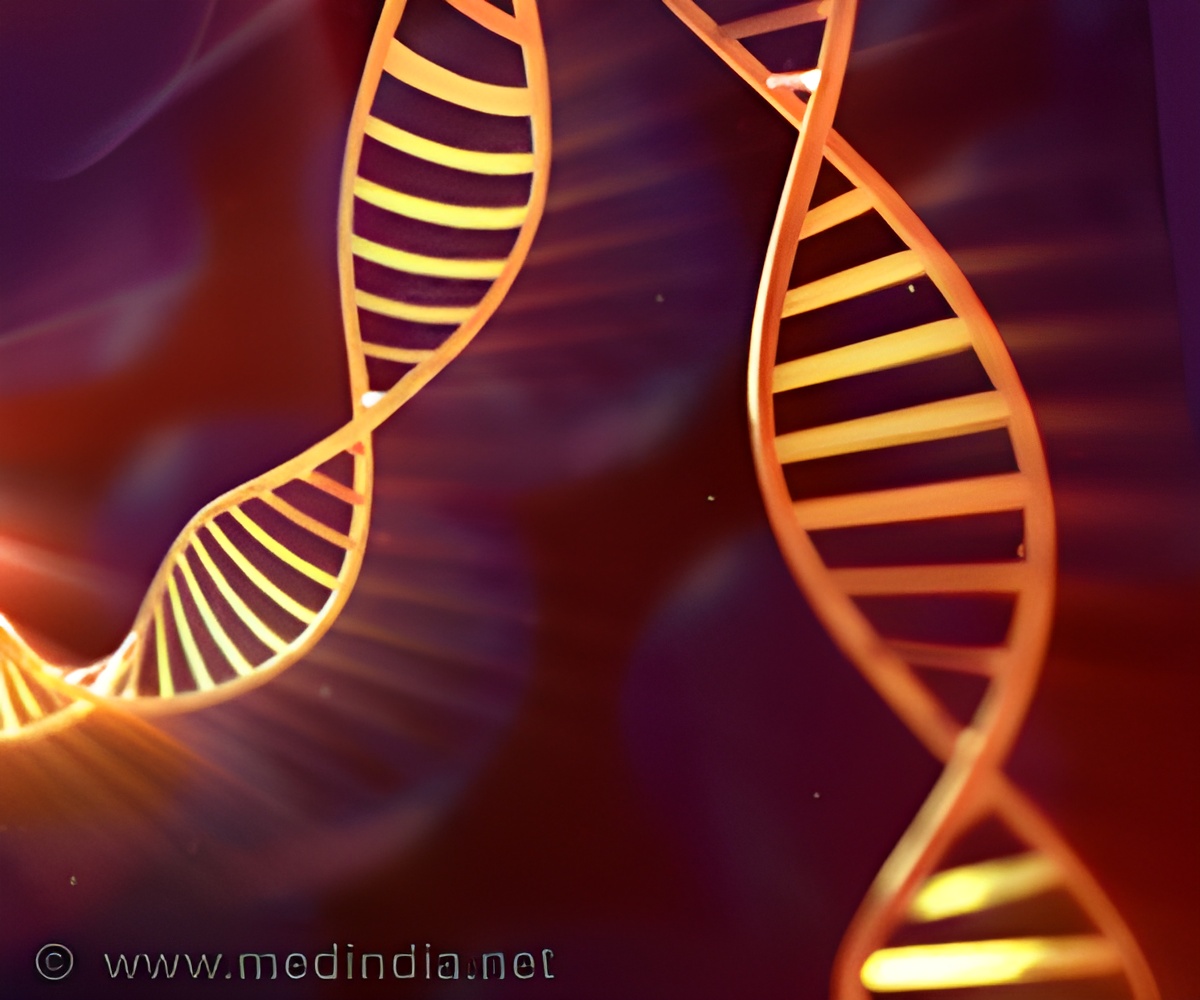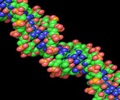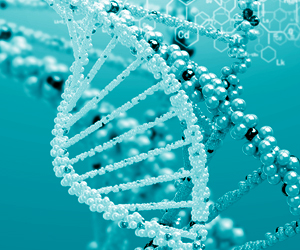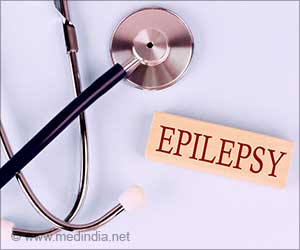
Next, the scientists turned to human genetic studies to see how CYFIP might interact with other factors. They found that mutations in two genes within a cellular pathway linked to CYFIP1 led to a significantly increased risk of schizophrenia. The findings support the theory that multiple factors within the same pathway may interact to affect one's risk for psychiatric disorders.
"We were able to use a set of cutting-edge tools to gain insight into a critical cellular process for normal brain development, the dysregulation of which may be a manifestation of a genetic predisposition for schizophrenia," says senior author Dr. Guo-li Ming, of Johns Hopkins University School of Medicine. The researchers' strategy—generating disease-specific nerve cells, identifying a causative gene for developmental defects, validating the gene-specific defect in animal models, and then investigating interactions with other genes both in animal models and in humans—represents a promising new approach for understanding the mechanisms underlying some of the most intractable psychiatric illnesses.
The work also highlights the promise of iPSC technology as a discovery tool in understanding and treating human disorders. "Despite an enormous amount of time and resources devoted to producing solid, reproducible results in animal models, far too often, results from preclinical trials deviate from our expectations," says co-author Dr. Hongjun Song. "The lack of access to disease-relevant human cell types has been a missing link in our current drug discovery process, which has now been resolved through advances in cellular reprogramming."
Source-Eurekalert









